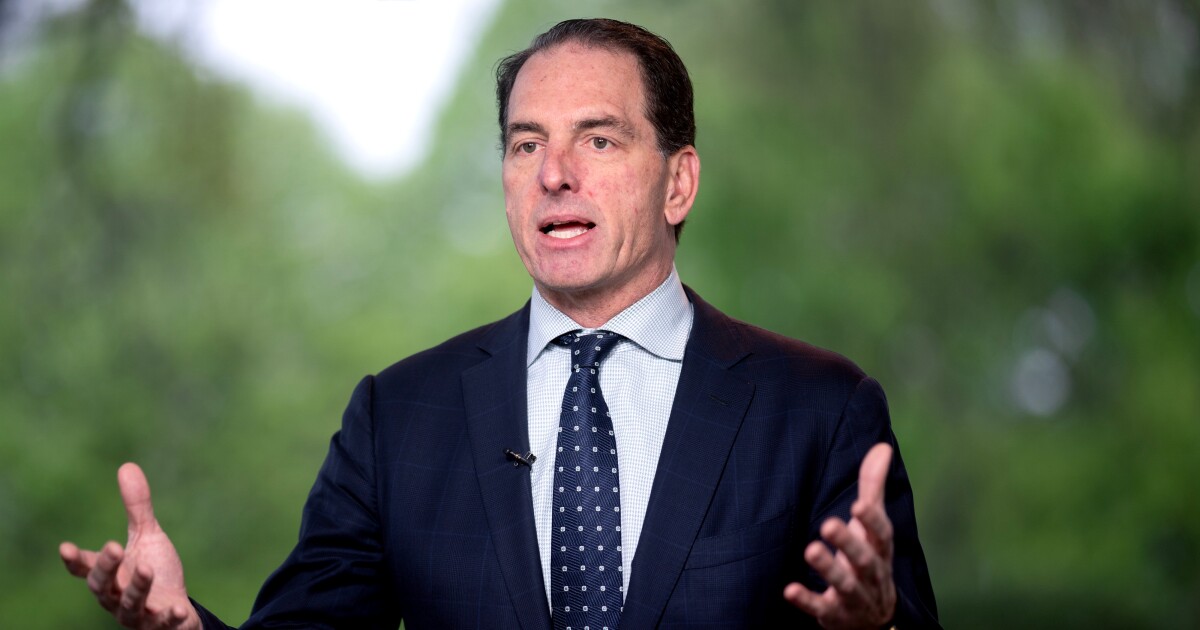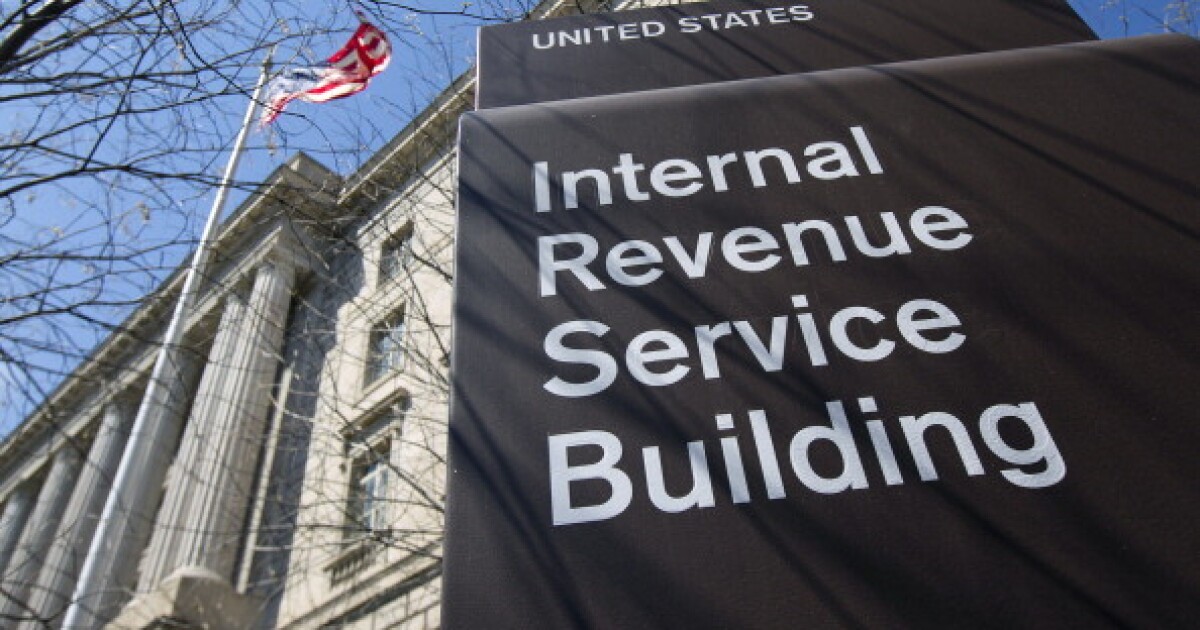Republicans in the White House, Senate and House are drafting analyses on how best to craft a new tax bracket for the wealthiest Americans, work that signals the GOP under President Donald Trump is seriously considering ideas to raise taxes on the rich.
The House proposal would set the new rate at 40% for taxpayers earning $1 million or more a year, according to people familiar with the proposal. Economic policy aides in the Senate and the Trump administration have been studying the idea as well, according to people briefed on the work.
A White House official, speaking on the condition of anonymity to discuss private conversations, said Trump is open to the idea of a new top tax bracket. However, the person emphasized that the higher rate should kick in at a threshold far greater than $1 million.
“We are investigating and having discussions with Congress about a variety of potential offsets,” Deputy Treasury Secretary Michael Faulkender said Tuesday at an event in Washington, noting that there are “many, many ideas” being studied to minimize the total cost of the tax bill though no decisions have been made.
Treasury Secretary Scott Bessent said in an interview Monday with Bloomberg News that “everything is on the table” with regards to the tax bill.
A Senate Finance Committee spokesperson declined to comment. Representatives for the White House and the House Ways and Means Committee did not immediately provide comment.
The discussions about a new tax bracket for millionaires come as Republicans are looking for ways to pay for a sweeping tax bill by the end of 2025 when several of Trump’s first-term cuts expire. The current top tax rate is 37% for individuals earning more than $626,350 a year.
The higher rates on top earners could be a way to offset the cost of an expanded state and local tax deduction, a popular and politically important tax break for swing district Republicans in New York, New Jersey and California, one person said.
The SALT deduction benefits skew toward higher-earners, so offsetting the cost with a millionaires bracket would serve a way to minimize the tax savings flowing to wealthy Americans in the bill. Republicans are considering expanding the SALT cap from $10,000 to as high as $25,000 per person.
Trump, in addition to renewing his 2017 cuts for households and privately held businesses, wants to pass campaign proposals, including eliminating taxes on tips and overtime pay, and creating new deductions for seniors.
Republicans on Capitol Hill are trying to make his wish list come true, while putting some limits on the boost to budget deficits.not supported.
Pass-through problem
Raising the top tax rate is likely to spark some backlash from business owners of partnerships, LLCs and other pass-through entities who pay their company tax bills based on the individual rates in the tax code. Senator Thom Tillis, a North Carolina Republican, has said Congress should put in limits on a top tax bracket to reduce levies of those privately held companies.
A new millionaire rate would also be an extraordinary break from Republican orthodoxy which has long espoused the idea of no-new-taxes.
Groups including Club for Growth and Americans for Tax Reform have spent years from powerful perches in Washington making sure Republicans did not raise taxes. But the party has changed under Trump and has taken on a more populist bent embracing ideas that were once taboo.
Still, there are swaths of the Republican Party opposed to the idea.
“It’s not going to happen,” Americans for Tax Reform’s Grover Norquist said on Tuesday, speaking at an event before Faulkender. House leaders, including Speaker Mike Johnson, have also downplayed the idea, saying they are looking for ways to cut — not raise — taxes.
“We’ll have to see,” Johnson said last week when pressed by a reporter.


 Economics1 week ago
Economics1 week ago
 Personal Finance7 days ago
Personal Finance7 days ago
 Accounting1 week ago
Accounting1 week ago
 Economics1 week ago
Economics1 week ago
 Blog Post4 days ago
Blog Post4 days ago
 Economics1 week ago
Economics1 week ago
 Economics5 days ago
Economics5 days ago
 Personal Finance7 days ago
Personal Finance7 days ago












